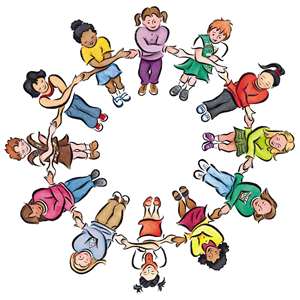Concussion
Head injuries should never be taken lightly because they don’t have to be severe before having temporary or permanent negative effects on the brain. The brain as we all know controls everything in our bodies, and even the slightest damage to it could have terrible repercussions.
What is a concussion?
A concussion is defined as a type of traumatic brain injury (TBI) caused by a bump, blow, or jolt to the head. Concussions can also occur from a fall or blow to the body that causes the head and brain to move quickly back and forth. In school-aged children, many of these brain injuries can occur during a sports practice or event. (“Head injury and concussion information for schools, school staff, coaches, athletic trainers, and volunteers”, n.d.)
Student-athletes suspected of a head injury/concussion will not return to sport the same day of the incident.
Return to Sport Protocol
A student-athlete who wishes to return to sports must follow these steps:
• The student will follow-up with the school nurse and the athletic director the following day.
• The student-athlete will need a physician clearance note for school and return to sports, which must be given to the school nurse and athletic director.*
• Even if the physician’s note does not specifically diagnose the student with a concussion,
it will be at the discretion of the school nurse and athletic director to allow the student athlete to immediately return to practices/games.
• Upon being asymptomatic the student athlete will be allowed back to practices and monitored closely by the coach. It will be the discression of the coach on the level of involvement during initial return to play.
NOTE: Only 9% of reported concussions are accompanied by loss of consciousness and symptoms in adolescents are considered normal if they last up until 28 days.
The following resources might be helpful
if you or a loved one is dealing
with persisting concussion symptoms.






